- Home
- slideshows
- miscellaneous
- The best gaming laptops
The best gaming laptops
The best gaming laptop overall

The best affordable gaming laptop
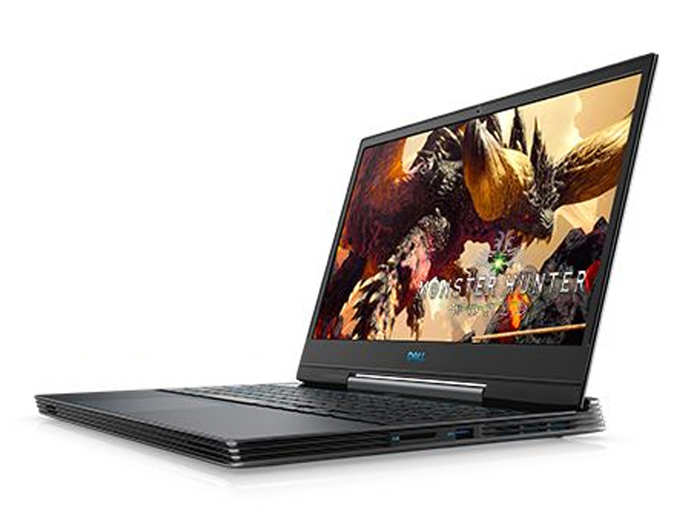
Many budget gaming laptops fall short of what you need to have a decent gaming experience, but once in a while, manufacturers do roll out some effective ones. Take the Dell G5 15, for example, which touts some of the most powerful hardware out there in the budget to mid-range arena. The laptop also includes some extra features that make its high-end Alienware cousins superb gaming machines.
The Dell G5 15 line starts off with a 9th-generation Intel Core i5 CPU and the Nvidia GeForce GTX 1650, a GPU from Nvidia's budget camp that's capable of handling 1080p gaming at medium to high settings. This is all for much less than many of the contenders on this list, which is also true for its higher-end configurations.
Beyond its internals, this 15-inch budget gaming machine comes with a sharp and vivid 1080p display with 300 nits of brightness, a wide selection of ports, a spill-resistant keyboard with numeric keypad, and a long battery life – for a gaming laptop, that is.
It's perhaps not the thinnest and lightest gaming laptop out there, but when you're working with a limited budget, some compromises have to be made. Still, for a base model that will set you back less than $1,000, you're actually getting the best value in the Dell G5 15.
Pros: Long battery life for a gaming laptop, beautiful 1080p display, wide port selection, understated premium design, affordable price tag, comfortable keyboard, decent cooling system
Cons: Speakers a little hollow, thick and heavy
The best mid-range gaming laptop
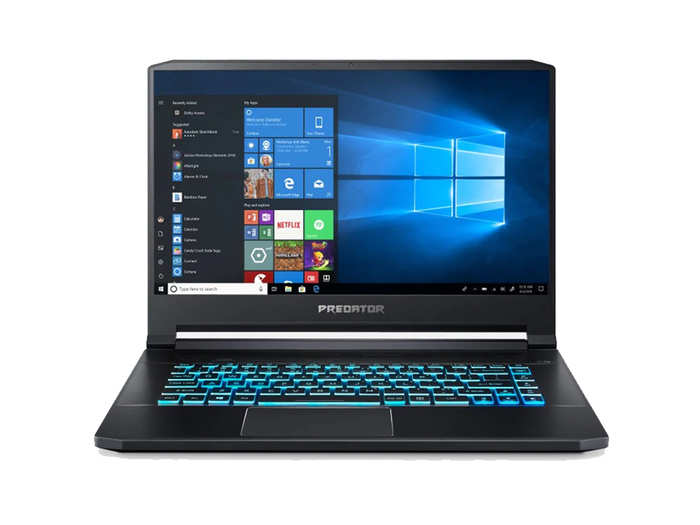
If you've got some cash to spare, the Acer Predator Triton 500 is an extremely capable mid-range model for PC gamers who want a lot of power without breaking the bank. This isn't your middle-of-the-road offering, though it does mean that you might have to put up with a couple of quirks – the construction is a bit flimsy, the fans are loud and the keyboard is a bit awkward to use.
However, a stunning 1080p IPS display, immersive and customizable RGB lighting, and a longer than usual battery life help make up for those shortcomings. The laptop also has a plethora of ports, as well as a custom-engineered cooling technology and the Waves NX 3D Sound feature, which allows it to turn any pair of headphones into a surround sound system.
Of course, you're also getting breathtaking performance here, thanks to its high-end internals like the 9th-generation Intel Core chips, Nvidia GeForce RTX GPUs and up to 32GB of RAM. If you want a gaming laptop that gets you ray tracing and maxed out gaming at 1080p, and you're willing to put up with a few compromises in exchange for sheer power, then you've got a winner in the Acer Predator Triton 500.
Pros: Appropriate mid-range price, customizable RGB lighting, subtle gaming look, beautiful 1080p IPS display, long battery life for this amount of power, great port selection, decent thermals, ray tracing on hand
Cons: Flimsy construction, loud fans, keyboard has an awkward setup, mediocre speakers
The best high-end gaming laptop
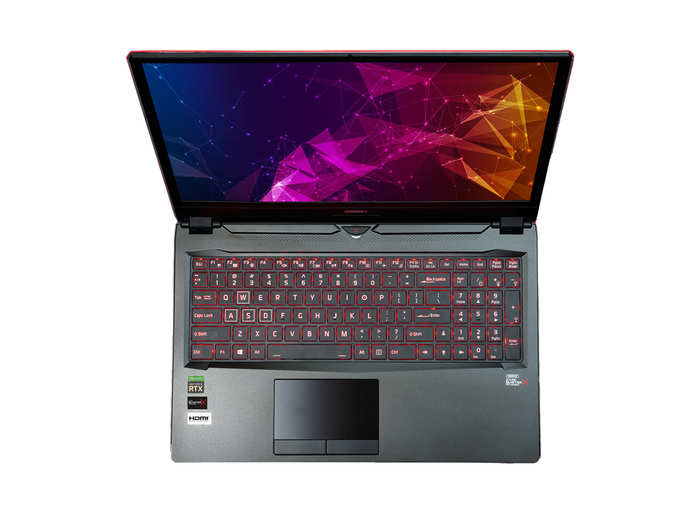
Rocking the same or similar specs, the 16-inch Origin Evo16-S is more expensive than its rivals. Having an incredibly light chassis, a customizable lid, and completely configurable internals – with a lot of options to choose from in terms of storage, memory and onboard devices so you can personalize it exactly based on your needs — after all, comes at a price.
The Origin Evo16-S boasts an amazing feature set as well. To start, it has a gorgeous IPS display with a super-fast 144Hz refresh rate, which comes in handy when you're playing your favorite AAA games. It also boasts a precision glass-based touchpad that supports Windows 10 touchpad and multi-finger gestures as well as a built-in fingerprint reader. Finally, the laptop has customizable and incredibly immersive RGB lighting.
But again, you get all that for a pretty penny. The base model for this gaming laptop will set you back more than $1,800, which is a lot more than you'd pay for most other gaming laptops out there at the entry level. Add in a smattering of extra features and customizations, and before you know it, you're already spending close to $3,000. A customized lid alone will set you back $150 more.
Is it worth it? Well, this is one of the most feature-rich, not to mention, best gaming laptops out there. So, if you've got the money for it, then most definitely.
Pros: Awesome set of features, stunning display with 144Hz refresh rate, immersive and customizable RGB lighting, laptop extremely customizable, incredible gaming performance due to sheer power, thin and light chassis
Cons: Speakers just OK, staggering price tag, fingerprint reader can be fickle
The best thin and light gaming laptop
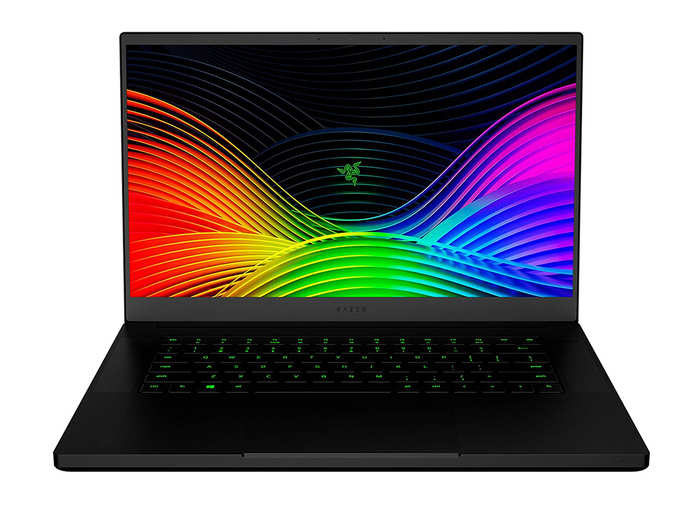
Thin and light gaming laptops are few and far between. That's because gaming laptops typically require more powerful internals than regular laptops, and those require more space for cooling. It's a good thing that newer and more powerful CPUs and GPUs are getting smaller these days, as they allow manufacturers to build more thin and light gaming laptops, though at a cost to the consumers.
That's why we appreciate the Razer Blade 15 even more than other thin and light contenders out there. At 0.70 inches thick and 4.63 pounds light, there's no better choice for gamers who want to stay completely mobile. To put that into perspective, this gaming notebook is only about 0.10-inch thicker and 0.30 pounds heavier than the 16-inch MacBook Pro – so you'll hardly feel its presence in your backpack.
However, it's also surprisingly affordable considering its quality, with Razer dropping its price down to around $1,800 for an Intel Core i7-9750H, Nvidia RTX 2060, and 16GB RAM configuration. Trust us: that's actually inexpensive for its design and internals. And, you're also getting a decent selection of ports, thin bezels and a 144Hz refresh rate on a 1080p display, and a much improved battery life from its predecessor.
Fans of a more subtle gaming aesthetic will also appreciate the Blade's minimalist look and muted RGB lighting. In fact, you can probably game away at a cafe with this laptop for hours, and people will just assume you're hard at work.
Pros: Thin and light chassis, subtle gaming aesthetic, not too expensive for a gaming laptop this thin, 1080p display has 144Hz refresh rate, lots of gaming power under the hood
Cons: Not cheap either, battery life may be better than predecessor but there's still room for improvement, no 4K display
The best 17-inch gaming laptop
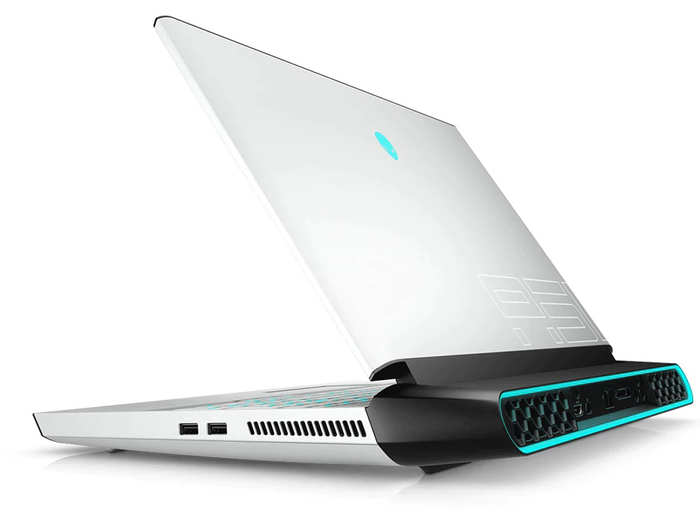
Of course, if you're willing to spend the money, the Alienware Area-51m should be at the top of your list, especially if you need something with a larger screen and desktop space. This desktop replacement gives you a 17-inch 1080p IPS display with a 60Hz refresh rate, which you can upgrade to 144Hz.
For $2,549.99, you're getting a 9th-generation Intel Core i7 CPU, an Nvidia RTX 2060 GPU and 16GB of memory, alongside a dual 256GB solid-state drive + 1TB hybrid solid-state and spinning storage drive. It's a lot, we know, but bear in mind that you're getting a few other nifty features.
That includes the Alienware Area-51m's overclocking capabilities via the new Alienware Command Center, advanced Alienware Cryo-Tech v2.0 technology for cooling, per-key RGB, more than enough ports available and the most comfortable keyboard we've ever seen on a gaming laptop.
This machine isn't perfect. It can still get pretty hot, what with those powerful components inside, and the fans can get pretty loud. However, it also comes closer to being perfect than any of the best gaming laptops on the market right now. And, it's perhaps the most attractive of the bunch as well, with its premium and unique design — not that we're playing favorites.
Pros: One-of-a-kind attractive design, larger screen, lots of power under the hood, excellent feature set, great port selection, the best keyboard on a gaming laptop, stunning display, CPU and GPU upgradability
Cons: Fans get pretty loud, can still get pretty hot, very expensive
What to look for when buying a gaming laptop

Again, when choosing a gaming laptop, going for the most expensive or the most kitted out of the bunch isn't necessarily the wisest move. After all, your gaming needs might not necessarily require the most powerful components or the most feature-rich notebook, and you could save that extra money on extras, like a high-quality headset or booming speakers.
Still, there are a few factors you should certainly consider before you hit that buy button.
- The CPU, or the central processing unit, is probably the most vital component of any computer. It is, in essence, the brain of the device, running the code and calculations for everything the computer is doing, whether it's a game, Netflix, or your operating system. It is one of the most important things to consider but, when gaming, plays second fiddle to the GPU. However, the CPU can also hold back the potential of a gaming laptop and the GPU if it's not powerful enough, so make sure to at least have a newer 8th- or- 9th-generation four to six-core processor.
- The GPU, or graphics processing unit, is vital for handling graphics-hungry apps like gaming. And, while most laptops have integrated GPUs to keep that sleek design, a gaming laptop has a dedicated GPU, separate from the CPU, to really power through the requirements of modern games. No matter how good the rest of the computer is, without a solid GPU, gaming will be a chore. Prioritize getting the best GPU you can to experience today's games the way they were intended. With all the options available in 2020, we would suggest going with an Nvidia GTX 1650 at the bare minimum.
- The RAM, or random access memory, is like the short term memory of the PC. It's storing every app and file that you currently have active, making sure that they're available for quick access any time your active programs need them. Having more RAM allows you to have more active tasks running simultaneously, allowing for faster and smoother performance and multi-tasking. At a minimum, you should have 8GB of RAM, while most decent gaming laptops will offer 16GB, which is preferable. Some machines can even go up to 32GB though most games can't utilize all that memory.
- If your display is lackluster, then your gaming experience will be as well. With the newer crops of gaming laptops, IPS, or in-plane switching, panels have become standard, allowing for deeper color contrast, such as truer blacks, and wider viewing angles. Higher resolution screens are also on offer, like QHD (2,560 x 1,440) and 4K (3,840 x 2,160), but make sure the GPU you have can handle the higher resolution. Or at least adjust your settings before booting up Red Dead Redemption 2. Most gaming laptops also come with some sort of V-Sync technology, like Nvidia G-Sync, that syncs the display's refresh rate with the GPU's frame rate to help reduce screen-tearing.
- Heat management is another important consideration for gaming devices, with gaming laptops often suffering from thermal throttling and physical overheating. They don't have the space and cooling systems of a PC, so they need to be well-engineered through efficient ventilation and heat sink design, to handle all the heat a stressed CPU and GPU will produce. Our collection of gaming laptop picks are excellently designed, so heat management shouldn't be too much of a concern with these selections.
- You'll typically end up with enough storage with whatever gaming laptop you end up with. The type of hard drive may vary, though. Solid state drives, or SSDs, are increasingly popular over traditional hard drives. They're smaller, faster, and more reliable but come in smaller capacities for the same amount of money, with most gaming laptops coming with a minimum of 512GB. SSDs are also more expensive than traditional drives. However, if you're on a budget but need to store a number of games on your device, a traditional hard drive, which is typically 1TB, might be the way to go.
Popular Right Now
Popular Keywords
Advertisement